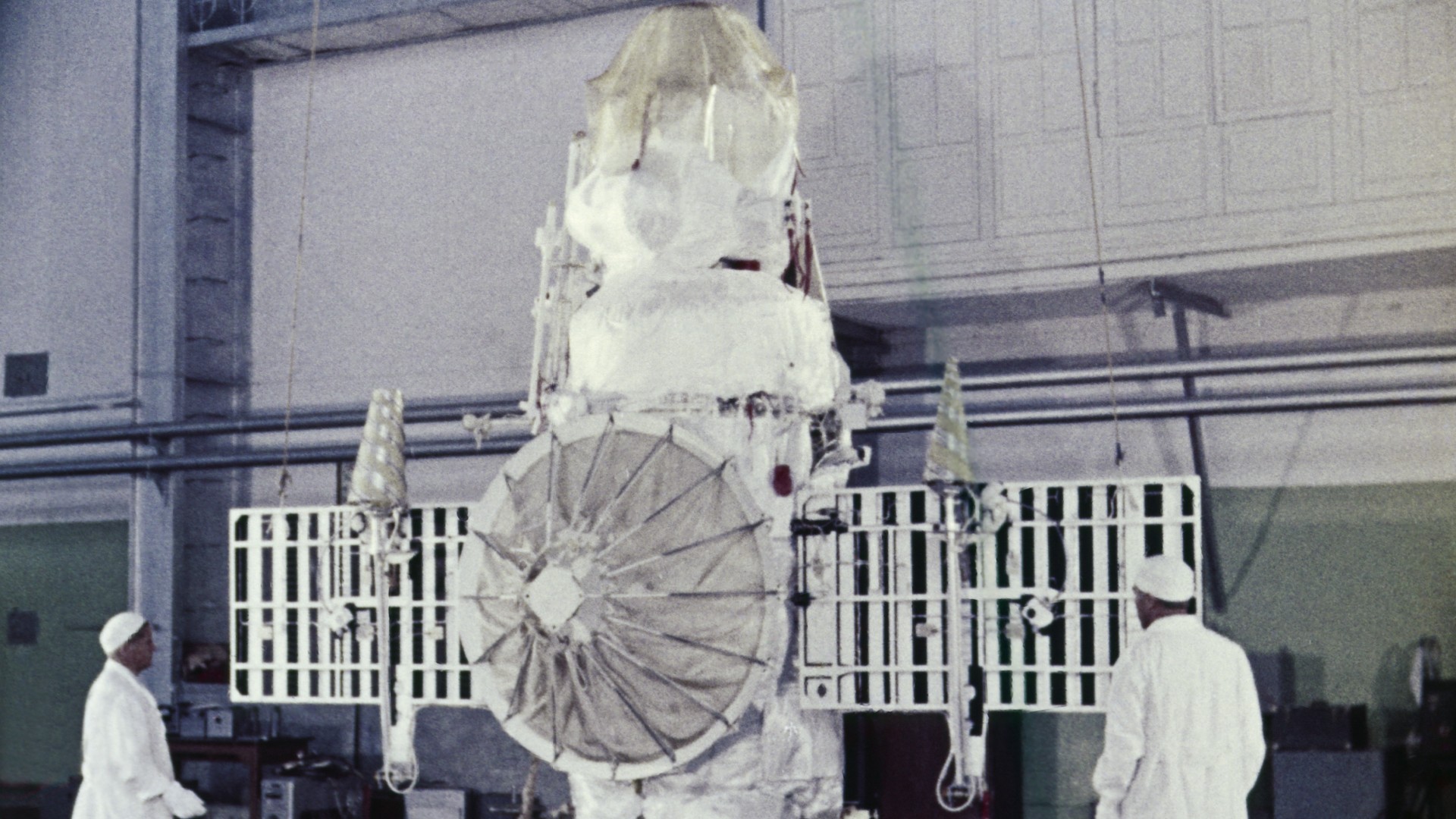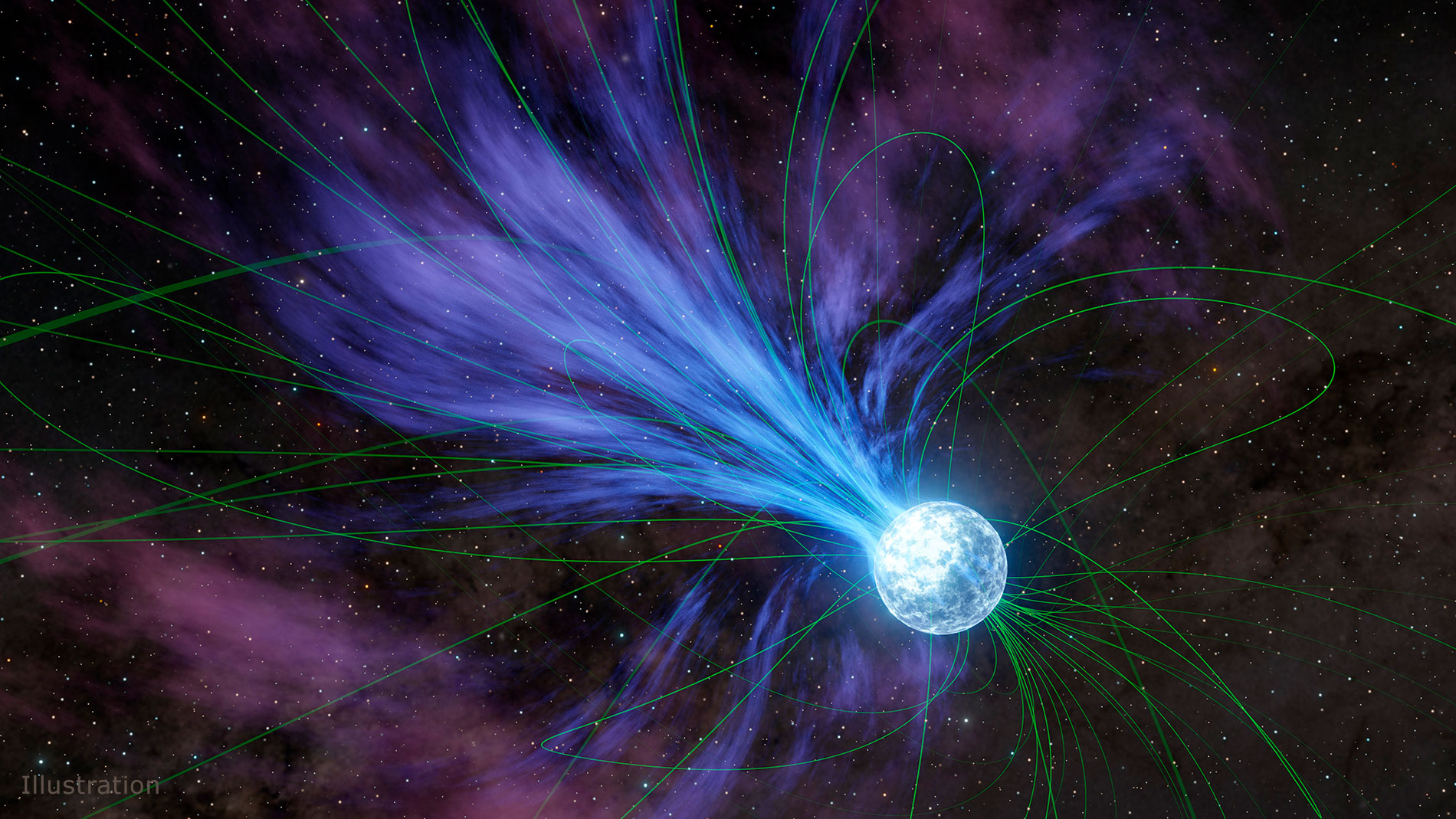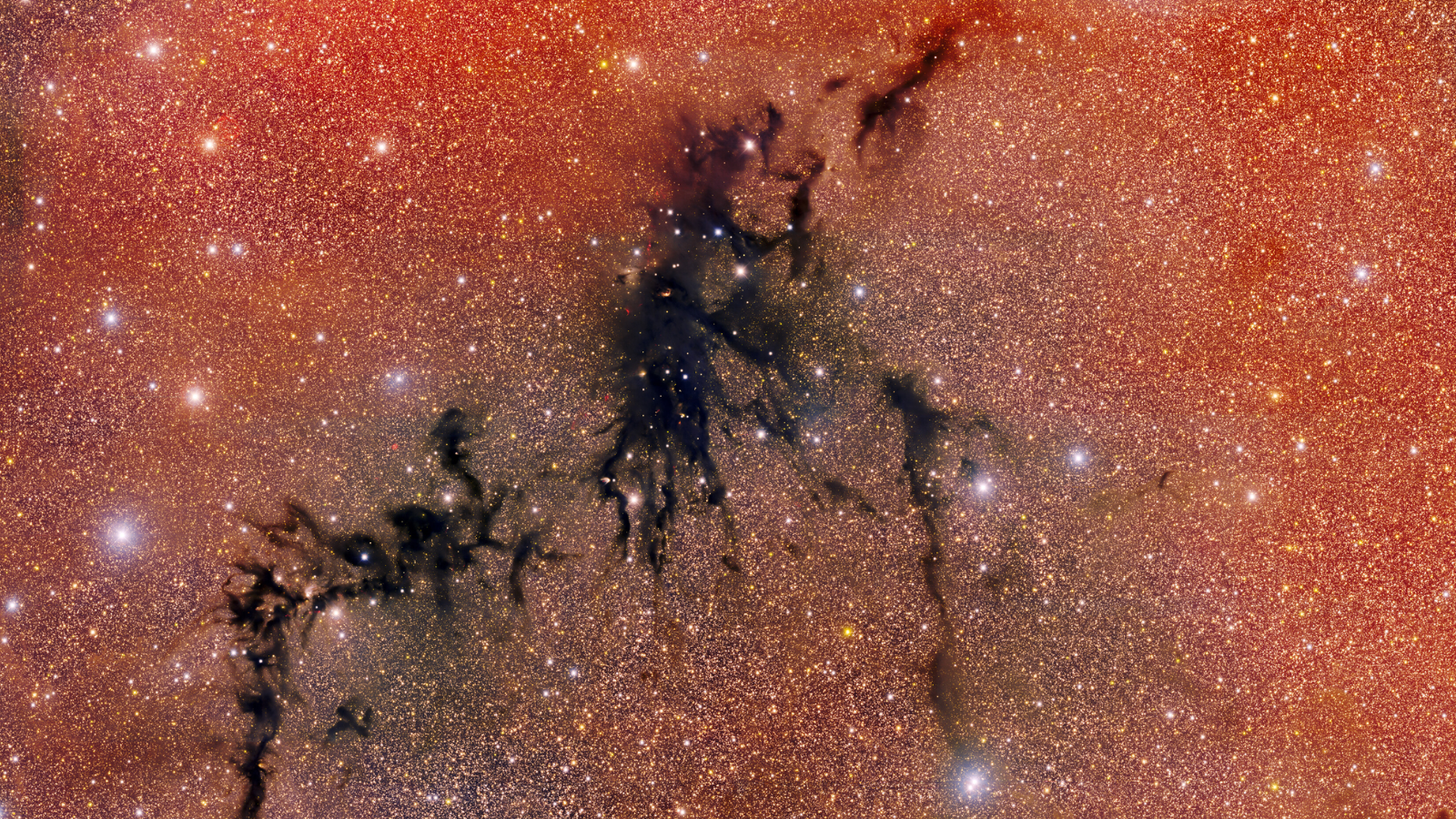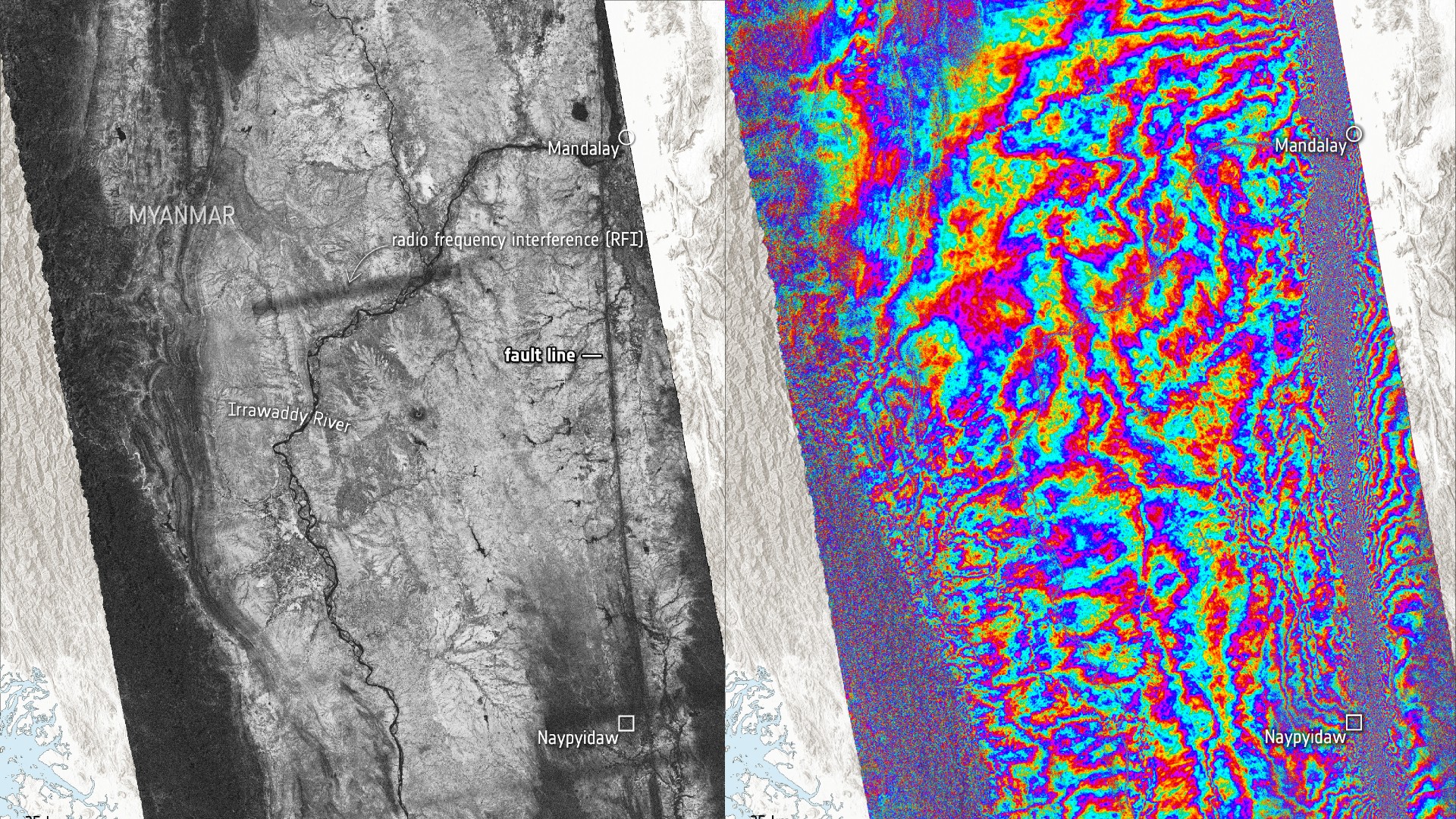Navigating By X-Ray Pulsar
XNAV — orX-ray Navigation — could be the GPS of the solar system (or even thegalaxy). X-ray astronomers have mapped a substantial number of x-ray pulsarswhose pulsed emissions are as regular as atomic clocks. Several papers will bepresented at the IEE/ION PLANS 2008 conference describing how this idea couldbe applied for spacecraft navigation.
An X-raypulsar is a magnetized neutron star in a binary star system with a normalcompanion star. The strength of the magnetic field of a neutron star is atrillion times as large as the Earth's magnetic field strength measured on theEarth's surface.
Material from the companionstar is taken in by the neutron companion, directed into the magnetic poles.This gas falls into the neutron star at speeds of up to half the speed oflight; the resulting hotspots generate temperatures of more than a milliondegrees. As the neutron star rotates, these polar hotspots produce regularpulses of x-ray radiation like lighthouses.
These sources are highlyreliable, and are fixed in position. Phase measurements of these sources can beused to establish the location of a spacecraft.
Several different improvementsto the use of X-ray Navigation have been proposed. In Noise Analysis forX-ray Navigation Systems, it is suggested that the performance of an XNAVsystem beyond the orbit of Jupiter could be accurately predicted.
In Online Time DelayEstimation of Pulsar Signals for Relative Navigation using Adaptive Filtersit is suggested that the positions of two spacecraft could be determined ifboth are locked to a known pulsar which emits a waveform that reaches them witha differential time delay that is proportional to the distance between thespacecrafts. The spacecrafts' relative inertial position could be determined byobserving appropriately distributed pulsar sources.
Astronomers have thoughtlong thought about pulsars, which were discovered in 1967, as some kind ofinterstellar beacon. The incredible regularity - and rapidity - of the signalpulsation seemed (at that time) to have no natural explanation.
Get the Space.com Newsletter
Breaking space news, the latest updates on rocket launches, skywatching events and more!
However, science fictionwriters thought about it at least fifteen years earlier. And what's more, suggestedthat it might be possible to create beacons. In his 1952 story TroubledStar, writer and engineer GeorgeO. Smith wrote about space beacons which were created to ease galacticspace travel:
"Weuse the three-day variable to denote the galactic travel lanes. Very effective.We use the longer variable types for other things - dangerous places likecloud-drifts, or a dead sun that might be as deadly to a spacecraft as a shoalis to a seagoing vessel. It's all very logical."
"...you're going tomake a variable star out of Sol, just for this?"
Scyth Radnor shook hishead. "Please do not think us hard... You're not going to insist that youranimal comforts are more important than the functioning of a galaxy-widecivilization?"
(Read more about spacebeacons)
From IEE/ION PLANS 2008 via io9.
(This Science Fiction inthe News story used with permission of Technovelgy.com)
- Top 10 Star Mysteries
- The Strangest Things in Space
- Video: Pulsars: Death and Rebirth
Join our Space Forums to keep talking space on the latest missions, night sky and more! And if you have a news tip, correction or comment, let us know at: community@space.com.
Bill Christensen is the founder and editor of Technovelgy, a website dedicated to cataloguing the inventions, technology and ideas of science fiction writers. Bill is a dedicated reader of science fiction with a passion about science and the history of ideas. For 10 years, he worked as writer creating technical documentation for large companies such as Ford, Unisys and Northern Telecom and currently works to found and maintain large websites. You can see Bill's latest project on Twitter.









